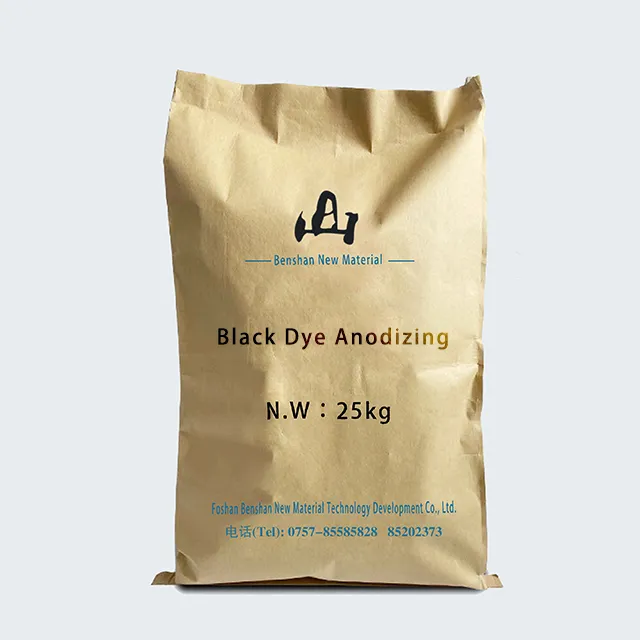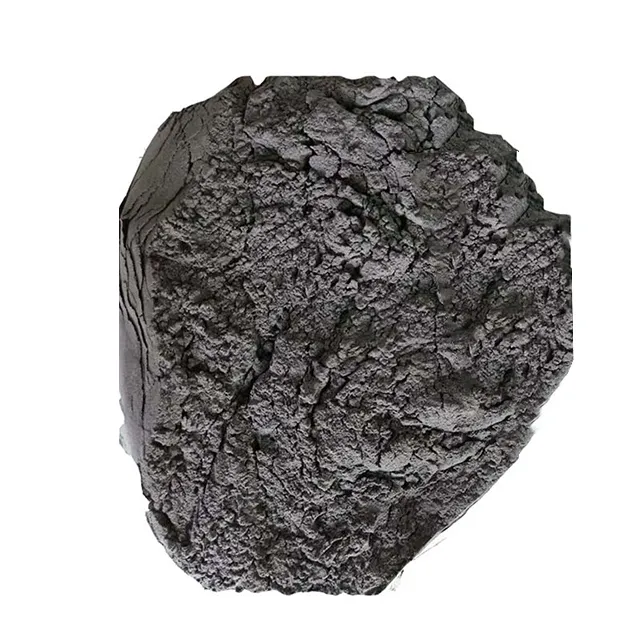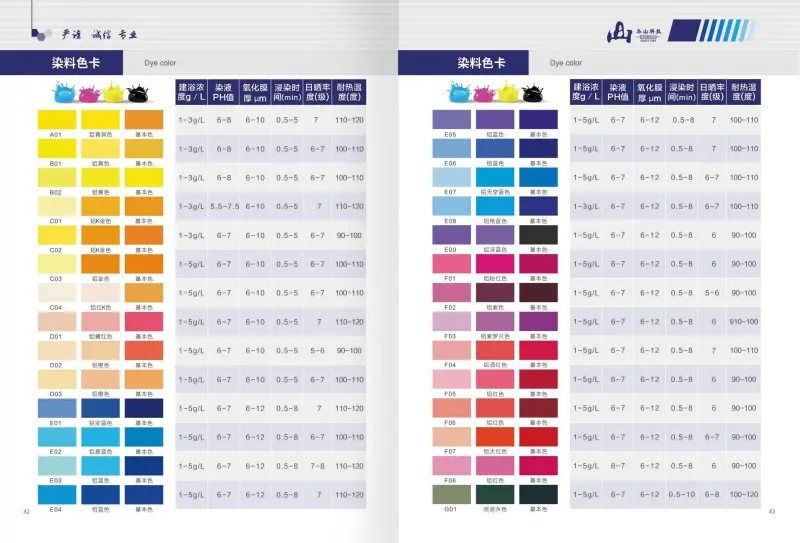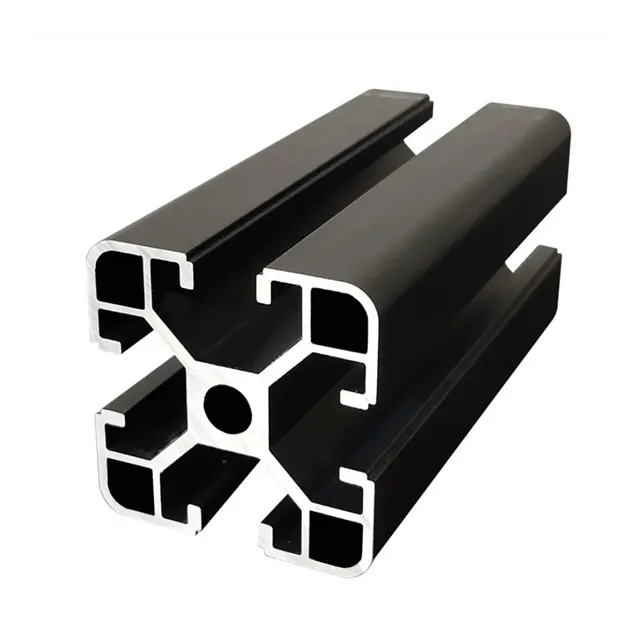
What happens if the aluminum is not anodized?
2024-07-24 15:30
Aluminum is prone to oxidative corrosion in the natural environment, resulting in serious effects on performance and appearance. Anodizing is an effective surface treatment method that generates a protective oxide film on the surface of aluminum through electrochemical reaction, significantly improving its corrosion resistance and wear resistance.
So what happens if the aluminum is not anodized? This article will look in detail at the problems and impacts that can arise when aluminum is not anodized.

What are the problems if aluminum is not anodized?
Problems that arise when aluminum is not anodized: prone to corrosion, poor surface wear resistance, poor decorative effect, poor adhesion, poor insulation performance, etc.
1. Prone to corrosion
Aluminum is prone to oxidative corrosion in the natural environment. Although the generated aluminum oxide film has a certain protective effect, the film is thin and the protective effect is limited. If aluminum is not anodized, its surface will be directly exposed to the air and will easily react with oxygen, moisture and other corrosive substances, causing surface corrosion.
●Moisture and salt: In a humid environment, moisture and salt in the air will accelerate the corrosion process of aluminum, causing white spots and corrosion pits to appear on the surface of the aluminum material, seriously affecting its appearance and structural integrity. For example, high-salinity air in marine environments can cause severe corrosion to aluminum materials that have not been anodized, shortening their service life.
●Acidic and alkaline substances: Aluminum is very sensitive to acidic and alkaline substances. Aluminum materials that have not been anodized will undergo rapid corrosion reactions when exposed to acidic or alkaline solutions. For example, the acidic components in industrial waste gases can cause corrosion on the surface of aluminum materials and affect their mechanical properties.
2. Poor surface wear resistance
Aluminum materials that have not been anodized have lower surface hardness and poor wear resistance. During use, the surface of aluminum is susceptible to wear and scratches, affecting its appearance and functionality.
●Mechanical wear: In applications that require high wear resistance, such as mechanical parts and auto parts, the surface of aluminum without anodization is susceptible to wear, leading to increased wear of parts and even affecting the normal operation of the equipment.
●Daily use wear and tear: In daily use such as electronic products and household items, the surface of aluminum materials that have not been anodized is easily scratched, causing damage to the appearance of the product and reducing its service life.

3. Poor decorative effect
Aluminum materials that have not been anodized have a single surface color and lack of beautiful decorative effects. In applications that require high decorative properties such as architectural decoration and electronic product casings, untreated aluminum is difficult to meet design requirements.
●Single color: The surface of aluminum without anodizing treatment is usually silver-white, lacking diversified color choices, making it difficult to achieve rich design effects.
●Rough surface: The surface of aluminum without anodizing treatment is relatively rough, making it difficult to achieve a smooth and delicate appearance, affecting the overall beauty of the product.
4. Poor adhesion
The surface adhesion of unanodized aluminum is poor, making it difficult for coatings and adhesives to adhere firmly. In applications that require further painting or bonding, untreated aluminum may suffer from coating peeling or bonding failure.
●Poor coating adhesion: In applications that require painting, the surface coating of aluminum that has not been anodized has poor adhesion, and the coating is easy to fall off, affecting its protective effect and aesthetics.
●Poor adhesive adhesion: In applications that require bonding, the adhesive on the surface of unanodized aluminum has poor adhesion and insufficient bonding strength, which may cause the structure to loosen or fall off.
5. Poor insulation performance
There is no insulating oxide film formed on the surface of aluminum materials that have not been anodized, and their conductivity is high, making them difficult to use in applications that require insulation properties.
●Poor electrical insulation properties: In the electronics and electrical fields, the surface of aluminum without anodizing treatment has no insulating properties and is difficult to be used as electrical insulation materials, which may lead to current leakage and equipment failure.
●Poor thermal insulation performance: In applications that require thermal insulation, the surface of unanodized aluminum does not form an effective thermal insulation layer, making it difficult to meet application requirements.

Actual case analysis
In order to better understand the problems that may arise if aluminum is not anodized, we can analyze it through some actual cases.
1. Corrosion problems in architectural decoration
In architectural decoration, aluminum is often used as components such as curtain walls, window frames, and door frames. If these aluminum materials have not been anodized, their surfaces are prone to corrosion in humid and polluted environments, resulting in white spots and corrosion pits on the building's facade, affecting the overall beauty and structural safety of the building.
For example, a high-rise building in a coastal city used an aluminum alloy curtain wall that was not anodized. Within a few years, obvious signs of corrosion gradually appeared on the surface, and eventually had to be completely replaced and repaired, increasing maintenance costs.
2. Wear resistance issues in electronic products
In electronic products, aluminum is often used as housing material, such as mobile phones, laptops and tablets. If these aluminum materials are not anodized, their surfaces are susceptible to scratches and wear from daily use, resulting in damaged product appearance and reduced user experience and product value.
For example, a high-end laptop uses an aluminum alloy casing that has not been anodized. Users find that scratches are prone to appear on the surface during use, which affects the beauty and feel of the product, and ultimately affects the brand's reputation and sales.
3. Adhesion issues in auto parts
In the automotive industry, aluminum is often used as components such as car bodies, wheels and interior trim parts. If these aluminum materials have not been anodized, the surface coating will have poor adhesion and the coating will easily fall off, affecting its protective effect and aesthetics.
For example, the aluminum alloy wheel hub of a high-end car uses aluminum material that has not been anodized. During use, users find that the surface coating gradually peels off, causing rust spots on the wheel hub surface, affecting the overall appearance and performance of the vehicle, and ultimately causing the vehicle to fail. Replacements and repairs are not performed.

Conclusion
As an important metal material, aluminum will face many problems such as corrosion, poor wear resistance, poor decorative effect, poor adhesion and poor insulation performance without anodizing treatment, which will affect its application and performance in various fields.
As an effective surface treatment method, anodizing can significantly improve the performance and service life of aluminum materials by generating a protective oxide film. It is widely used in many fields such as construction, automobiles, and electronic products.








